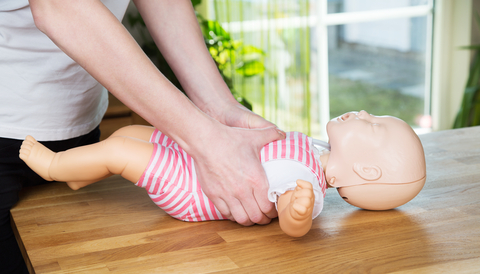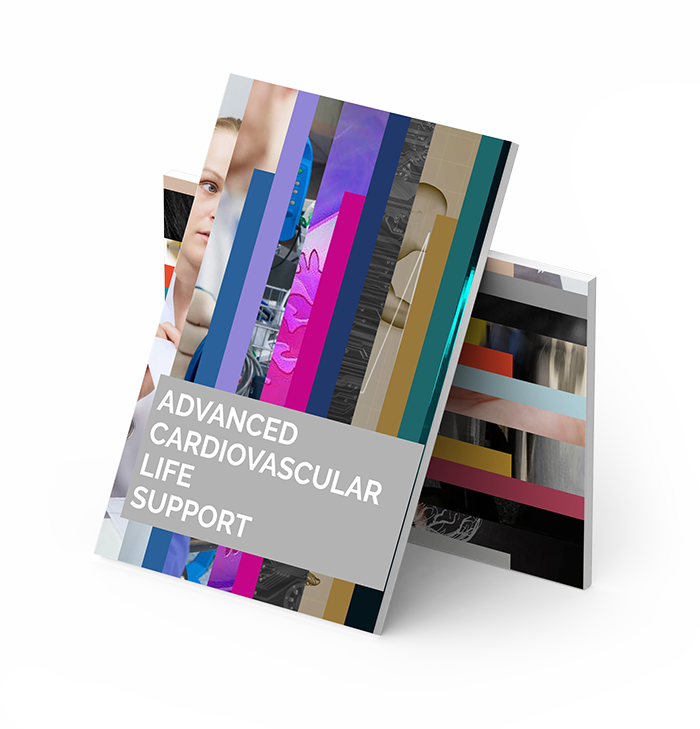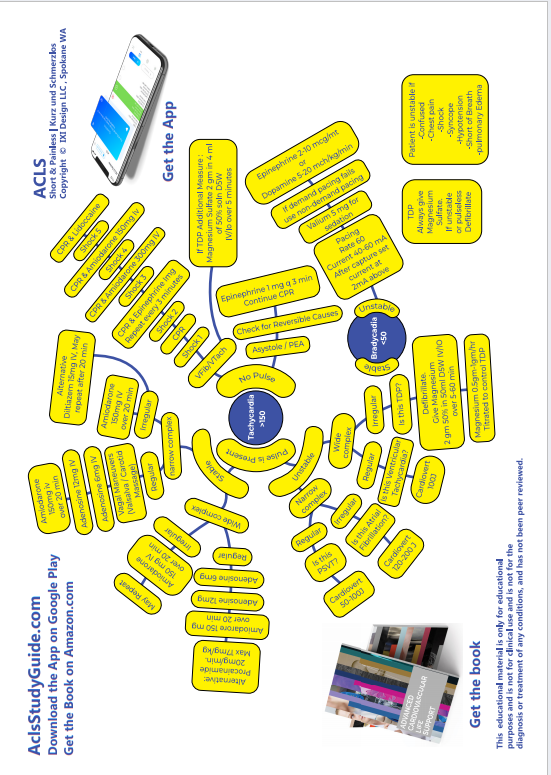
CPR GENERAL PRINCIPLES
- CPR sequence is Compressions- Airway - Breathing. The only exception is drowning victims where the sequence is Airway-Breathing-Compressions
- Chest compression rate is 100-120/minute
- Chest compression depth is 2-2.4 inches in adults, 2 inches in children, and 1.5 inches in infants
- Allow full chest wall recoil before the next compression.
- Minimize interruptions to less than 10 seconds.
- Airway : Use head-tilt chin lift technique. (Exception: in cases of trauma use Jaw thrust to open airway.)
- Once an advanced airway is in, one breath every 6 seconds, asynchronous with chest compressions at the rate of 100-120/minute
- In a child or infant , even after the pulse returns, if it is less than 60/mt, both chest compressions and breaths should continue.
- AFTER EACH ROUND OF CPR (MEANING 2 MINUTES), DO A RHYTHM CHECK (Rhythm Check is different from Pulse Check!)
Read Other Topics
Read All Pages
Ventricular Fibrillation
It this was an unwitnessed arrest, meaning it did not happen in front of you, you should give him 5 cycles of CPR...
Read More
Infant Cpr
Perform 30 chest compressions. Use two fingers and deliver the compressions over the breastbone, just below the nipple line...
Read More







